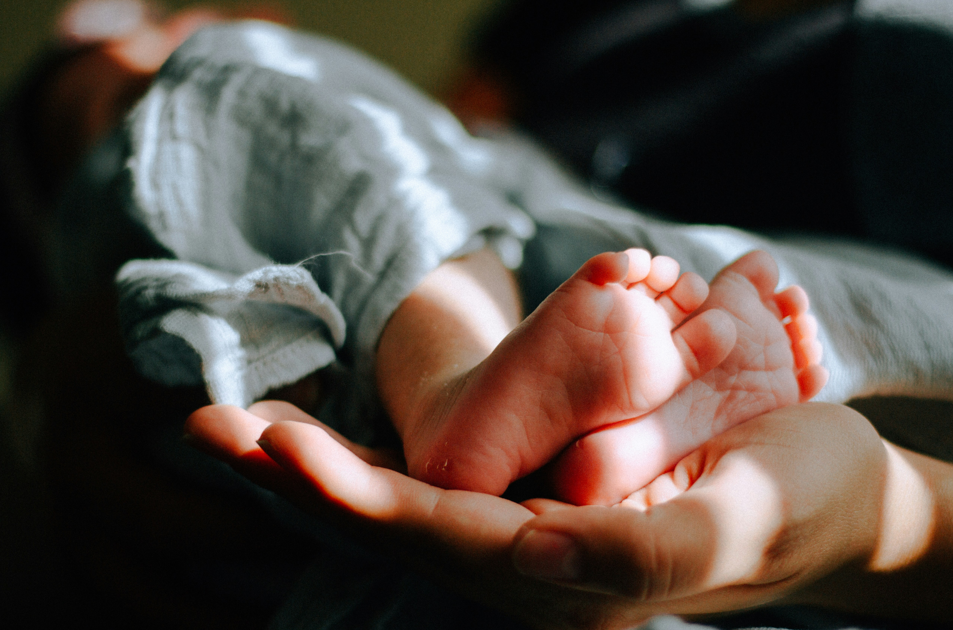I typically see articles that estimate the total lifetime cost to raise a child, and I always doubt the usefulness of this metric for prospective parents. What would be far more helpful is a monthly or annual breakdown of the costs.
Now, I could write for days on the benefits of having a child (or more children), but this article is dedicated to those who are curious about the financial aspect. So, let’s dive in.
Upfront and One-Time Purchases
Speaking from personal experience, the upfront costs can be substantial. You’ll need a stroller, infant car seat, bassinet, crib and mattress, changing table, baby swing, glider or rocking chair (get the glider), a highchair and much, much more.
I won’t even attempt to assign a specific dollar amount to this category, but you can find a useful and customizable calculator for estimating first-year costs for each of these items here.
Delivery and Health
For someone with health insurance, out-of-pocket expenses for prenatal care, testing and delivery come out to around $2,854. For those who qualify for and have access to an HSA account, you should consider contributing to it and paying for the medical costs out of this account. An FSA account can be a good alternative as well. Both are tax-advantaged, so be sure to assess your employer’s offerings.
Daycare
According to Child Care Aware of America, the national average cost of childcare for 2023 was $11,582. It should come as no surprise that this figure changes from state to state, and city to city. Additionally, costs are highest for infant care and come down as the child ages.
In Florida, the median household income for a married couple in 2023 was $104,126, and $36,278 for a single parent household. Given the average annual price for an infant in center-based care in Florida that year ($12,639), childcare costs the Florida family 12% of their income, and for the single parent family, nearly 35%.
With a couple of kids in childcare, costs can reach or exceed the cost of housing, which is typically the biggest expense for a family.
Diapers, Food and Clothing
Assuming 8-10 diapers per day for a newborn, you can expect to spend somewhere around $70 or $80 per month on diapers. If the mother is breastfeeding, there won’t be any early food costs. However, if the mother stops breastfeeding within the first year, there will eventually be formula costs. For babies who are exclusively formula-fed, the average monthly cost can run between $100 and $150.
Clothing costs can quickly add up, and, oddly enough, there aren’t many places to buy baby clothes. Maybe that’s why they are so expensive? To the extent you feel comfortable with it, buying used baby clothes can save you a ton of money. Typically, you can find lightly used clothes (babies grow out of clothes quickly) in great condition, for bargain prices. Expect to spend $40 to $80 per month on clothing.
Toys and Books
While toys can be seen as a discretionary cost, no one will see it that way. You, your spouse, friends and family will all want to shower the child with more toys than they know what to do with. That’s great! We are currently at the phase with our one-year-old where he wants little to do with toys and books and directs his fascination toward containers, large objects and general household items. So, a bit of caution there – don’t overspend on toys! You may find that it costs you $30 to $50 per month on average, or around $580 per year.
Adding it Up
By the time the baby is born, you will have spent thousands on delivery and upfront costs. If you need childcare, you’ll be taking on a monthly payment at or above $1,000. For the first year, it is safe to assume that costs can amount to $5,000 to $10,000 before factoring in childcare so be sure to plan ahead!
Discover more from The Budget Brainiac
Subscribe to get the latest posts sent to your email.



